Vinyl fence posts - cement or not?
hrajotte
14 years ago
Featured Answer
Comments (29)
vldm
14 years agomanhattan42
14 years agoRelated Professionals
Fairland Kitchen & Bathroom Remodelers · Morgan Hill Kitchen & Bathroom Remodelers · Groveton General Contractors · Pocatello General Contractors · Troy General Contractors · Woodmere General Contractors · Boise Painters · Fridley Painters · Fort Pierce Painters · Hesperia Painters · Ladera Ranch Painters · Meadow Woods Painters · Oceanside Painters · Sedona Painters · Rohnert Park Paintersmike_kaiser_gw
14 years agohrajotte
14 years agomanhattan42
14 years agozl700
14 years agoneonrider
13 years agohrajotte
12 years agobrickeyee
12 years agoStigwort
11 years agobrickeyee
11 years agoStigwort
11 years agoStigwort
11 years agobrickeyee
11 years agoPilm
10 years agogumyster
9 years agoChris Hager
8 years agoChuck Blumenkamp
8 years agodavid187
8 years agokudzu9
8 years agohrajotte
8 years agoJim Ronsivalli
8 years agoSteve Macpherson
8 years agodavid187
8 years agoswahler7
7 years agoThea Richard
5 years agoThea Richard
5 years agoWillie Labuschagnè
3 years ago
Related Stories
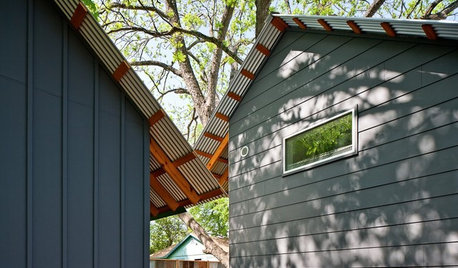
REMODELING GUIDESFiber Cement Siding Takes a Front Seat
Not just a wood or vinyl substitute, fiber cement is a stellar siding choice in its own right for modern home exteriors
Full Story
TILEWorld of Design: How Modern Geometric Designs Are Reinventing Cement
Intricate and eye-catching, the patterns of today’s cement tiles mark a break with their past while preserving an age-old technique
Full Story
REMODELING GUIDESThe Case for Linoleum and Vinyl Floors
Have pets, kids and a tight budget? Easy-care resilient floors may be the choice for you
Full Story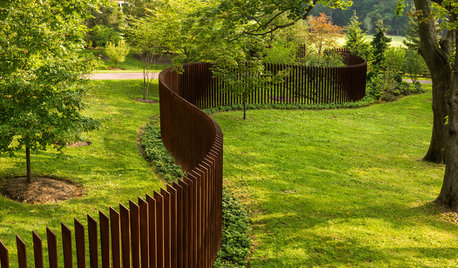
FENCES AND GATES12 Delightfully Different Garden Walls and Fences
If pickets seem picked over and you shrink from chain link, try these full-of-personality fencing alternatives
Full Story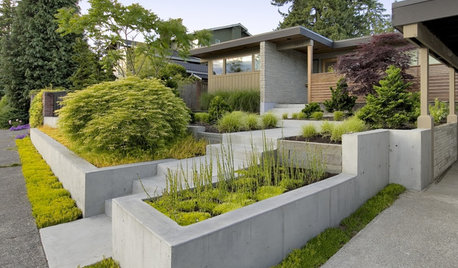
LANDSCAPE DESIGNGarden Walls: Pour On the Style With Concrete
There's no end to what you — make that your contractor — can create using this strong and low-maintenance material
Full Story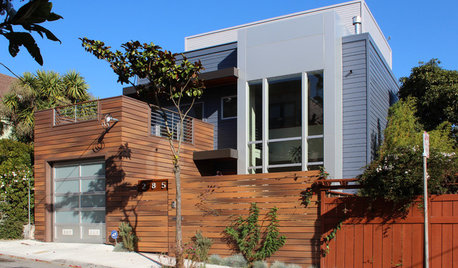
MATERIALSShould You Use Composite Timber in Your Landscape?
This low-maintenance alternative to wood is made from varying amounts of recycled plastic. Consider it for decks, fences and more
Full Story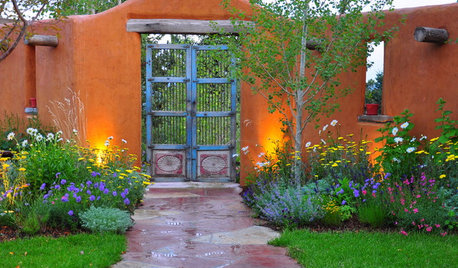
GARDENING AND LANDSCAPINGHow to Pick a Nice Wall for Your Garden Room
Made by hand, prefab or growing from the ground, garden walls are key landscaping elements. Here's what to think about for your yard
Full Story
FENCES AND GATESHow to Install a Wood Fence
Gain privacy and separate areas with one of the most economical fencing choices: stained, painted or untreated wood
Full Story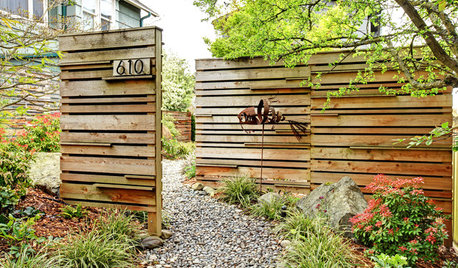
FENCES AND GATESHow to Choose the Right Fence
Get the privacy, security and animal safeguards you need with this guide to fencing options
Full Story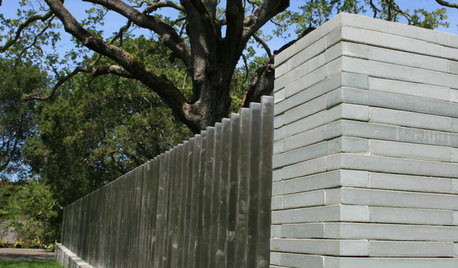
EXTERIORS11 Fences to Match a Modern Mood
Pass on the picket — steel, glass and other materials let fences make a perfect union with modern house mates
Full Story





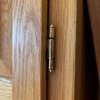

brickeyee